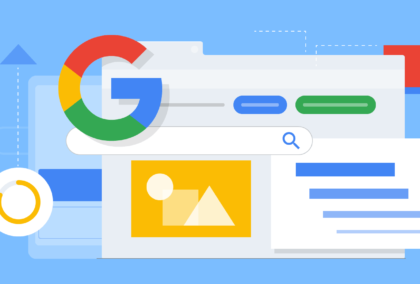With more and more eCommerce websites emerging now and then, there has been a boom in the eCommerce market nowadays. It is estimated that there are about 12 to 24 million eCommerce sites worldwide. This clearly conveys that the industry is highly competitive, and quality eCommerce website testing is necessary.
Ecommerce testing is basically the process of assessing and analyzing the functionality and performance of ecommerce websites and applications. This ensures the quality and reliability of the software, and the smooth functioning of your website, by identifying and solving the issues that restrict it. Since eCommerce testing is integral for improved customer engagement and business, we will look at some of the important aspects to be considered while testing an eCommerce website.
Homepage
The best-suited element for a home page is a hero image. A hero image is a large image, more or less like a wallpaper, which creates the first impression in your audience. Thus, the image should be an attractive one, with which the user can easily relate it to who you are.
Product Page
This is a very important area of any online business. When the user identifies the product they were looking for, they will straight away go to the detail page. This is where they decide on whether to proceed with the purchase or to drop it. Thus the landing page or product detail page should be designed attractively and should operate smoothly to ensure that the conversion is met. You can also approach an eCommerce website design company in UAE for expert opinion and guidance.
The product should be presented in the best fashion, with high-quality images and videos. They are viewing it online, so make sure you provide them the best viewing experience. Always include product details like specifications, colours, models, choices, price, shipping info, etc. Product reviews from previous customers can also urge your customers to go forward with the purchase. Also, include delivery and checkout options and stock status as the call to action.
Cart Facility
It is necessary to keep the shopping cart easily accessible and accordingly updated with the details of products that the customer adds. Timely updations can urge the customer to engage more by choosing and eliminating the products of their choice. Even if the customer decides to discontinue the shopping during checkout, the products should still be in the cart so that the purchase may take place in the future.
Search Algorithms
Most of the customers are here to purchase a specific product that they need. Thus, your search algorithm should function accurately to ensure that they find it faster. Searches should be made available based on the product, brand, and category, and should appear in the most relevant manner. Search filters should also be included so that the customers can be more accurate about what they are looking for.
The Checkout Page
The checkout or payment page is basically the edge of the cliff for any eCommerce business. Cart abandonment in the payment stage can be really heartbreaking, and thus, it is to be avoided by all means.
The first thing to do is to provide your customers with a variety of payment options so that everyone has at least a single option available. The security of the saved payment information should also be tested to ensure customer satisfaction. Other than this, emails and messages should be generated to ensure the purchase and provide more details about the status.
Recommended Products
Testing the algorithm that displays recommended products is also important to increase potential sales. Sometimes, a customer planning to buy a product may end up buying from the ones you recommended. In another situation, someone who has canceled a purchase may tend to purchase another product that appears before them as ‘recommended’. Thus, the display of relevant recommendations is very necessary.
Mobile Friendliness and Browser Compatibility
In this smartphone era, there is pretty much no use if your eCommerce platform is incompatible with smartphones. Testing mobile compatibility is thus necessary to ensure easier access for your customers. The website should also be tested on different browsers, both for desktops and smartphones.
SEO and Social Media
Testing SEO-related features can help you to get your eCommerce website to get ranked better in searches. Each and every content should be tested to meet the quality standards of SEO guidelines. In the same way, social media testing should also be done to boost the success of your eCommerce platform by driving in more traffic towards your platform.



